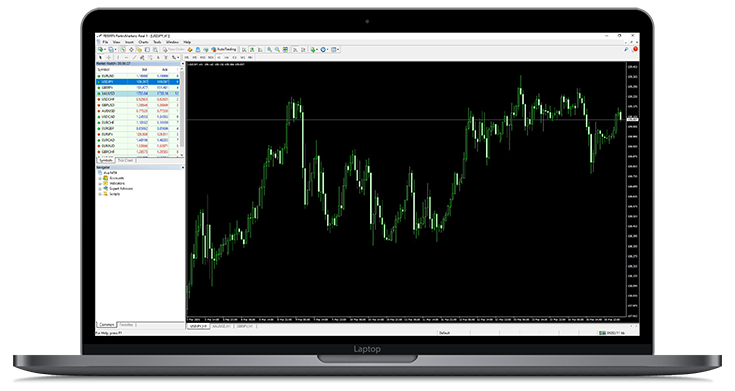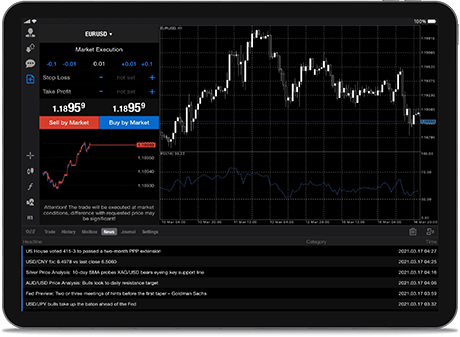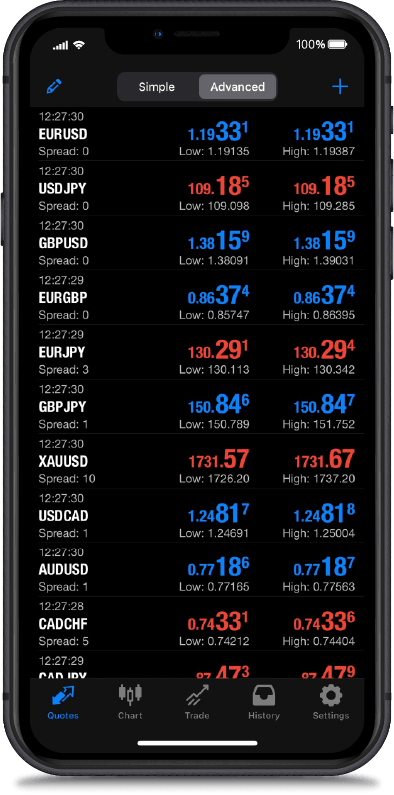Saint Vincent and the Grenadines, the Bahamas, Vanuatu, tropical island getaways throughout the Pacific Ocean and Caribbean Sea. Rest assured dear reader, RADEX MARKETS is not pivoting to the tourism industry just yet – our ungrateful staff do not deserve it. Such idyllic locations are in fact vitally important to brokerage firms and to the financial world at large. Crack open a coconut, put on some steel drum background music and read on to find out why.
1. Lack of resources and economic diversity
Saint Vincent and the Grenadines has a population of 100,000 people. It is famous for tourism, bananas and as a filming location for the Pirates of the Caribbean franchise. The Seychelles has a population of 120,000 people and besides tourism, is famous for the suggestively shaped Lodoicea coconut (Google it) as well as actual, real-life pirates. Vanuatu meanwhile has a population of 327,000 people and is famous for an underwater post office.
The point being, such places do not have a lot going on. Tourism is all well and good, as are small scale agricultural operations, but all it takes is one bad hurricane and both of these industries collapse overnight. A small population also means a small client base, further discouraging economic development. These remote island nations needed a way to attract stable overseas capital. Their answer was simple:
2. Low taxes and friendly business laws
Such countries opened their arms to the world by offering low or even non-existent taxes, a lax corporate environment, and last but not least, more permissive regulations. Companies from all over the world could now set up shop with relative ease and without having to worry about the more stringent regulations applicable in the likes of the UK or Australia. This is not to say that such jurisdictions are untrustworthy, it is after all in their best interest to attract as much international business as they can. Increasing their reputation on the world stage and complying with international financial guidelines are crucial in this regard.
These territories eventually became fully intertwined with the wider financial world. The term “offshore financial centre” was coined to reflect this development and to distance these territories from the somewhat tarnished mantle of “tax haven”. It was not just about money after all, there was another distinct reason such countries came to occupy the position they did:
3. Common law
Cayman Islands, Bermuda, Anguilla, Seychelles, Mauritius, Bahamas, Malta, Vanuatu… Some of our more eagle-eyed readers may have identified a shared ancestry among these countries: they are all present or former British overseas territories. Because of this, these countries all inherited English common law and were able to piggyback off London’s financial infrastructure. Common law’s bottom-up approach to legislation appears ideally suited to finance. Instead of relying exclusively on a strictly codified body of text, common law forms organically over time as various disputes and cases are settled. It is essentially a function of how the law has been previously applied.
Disputes are easier to resolve in such a system due to commercial precedents. The law is more flexible when dealing with complex financial instruments and is better suited to rapidly changing market demands. Finance can change at a fast pace and legislation will often struggle to keep up, as we have seen all too often with cryptocurrencies for example. Systems built on common law also offer contractual freedom. If both parties agree to something, no matter how out of the ordinary, it will usually be upheld by a court as long as it is not in violation of any laws.
That the largest financial centres in the world all sprung up in areas that adopted common law is no coincidence. London, New York, Hong Kong, Singapore and others have all retained their status because their legal frameworks appeal to international investment groups and law firms. All the tropical destinations mentioned above also benefit from these frameworks, while also retaining a greater degree of flexibility and independence. This allows such territories to offer products and services unavailable elsewhere, such as:
4. Greater leverage
Acquiring a licence from, for example, the Financial Services Authority of Seychelles makes a lot of sense for a brokerage firm. The biggest advantage in doing so lies with the services that brokers may then offer their customers, such as higher leverage.
Leverage is a growing sticking point when it comes to trading. The bigger regulators such as ASIC and the FCA continue to reduce leverage across financial instruments, citing greater customer protection and reduced broker risk as to reasons why. Fair enough, but the fact of the matter is that many traders do in fact want higher leverage. As of right now, Offshore Financial Centres are the only way to do this.
There is a kind of symbiotic relationship between traders and small island regulators. These territories offer vital services to traders and investors worldwide and in doing so benefit immensely from the international capital flows that reach their shores as a result. A win-win situation if there ever was one.












